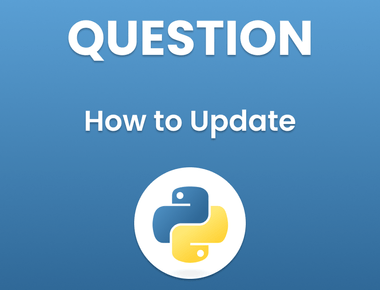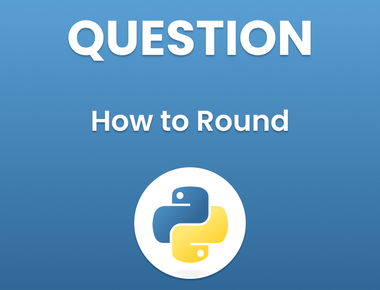Table Of Contents

Python is one of the most popular programming languages in the world, thanks to its simplicity, versatility, and ease of use. One of the essential aspects of programming in Python is calling functions, which are blocks of code that perform specific tasks. However, for beginners, calling functions in Python can be a bit daunting. In this guide, we will provide a comprehensive overview of how to call a function in Python, including various examples and tips.
Understanding Python Functions
Before we dive into how to call a function in Python, it is essential to understand what a function is and how it works. In Python, a function is a block of code that performs a specific task. You can call a function from anywhere in your code to execute the task it was designed to do. Python functions can take parameters, which are variables that the function can access and use to perform its task. Functions can also return a value, which is the result of the function’s task.
We have written a dedicated post on What is a Function in Python?.
Syntax for Calling a Function in Python
The syntax for calling a function in Python is simple. You start by specifying the function’s name, followed by a set of parentheses. If the function takes parameters, you can specify them inside the parentheses. Here is the basic syntax for calling a function in Python:
function_name(parameters)
For example, let’s say we have a function named “hello” that takes a parameter called “name.” Here is how you would call the function:
hello("Learn Pain Less")
This would execute the “hello” function and pass in the value “Learn Pain Less” as the “name” parameter.
Examples of Calling Functions in Python
Let’s take a look at some examples of calling functions in Python.
Example 1: Calling a Function without Parameters
# Define the functiondef hello():print("Hello, World!")# Call the functionhello()
Output:
Hello, World!
In this example, we defined a function named “hello” that prints the message “Hello, World!” to the console. We then called the function using the syntax we learned earlier.
Example 2: Calling a Function with Parameters
# Define the functiondef greet(name):print("Hello, " + name + "!")# Call the functiongreet("John")
Output:
Hello, John!
In this example, we defined a function named “greet” that takes a parameter called “name.” The function then prints a personalized greeting message to the console. We then called the function and passed in the value “John” as the “name” parameter.
Tips for Calling Functions in Python
Here are some tips to keep in mind when calling functions in Python:
- Make sure you are calling the correct function with the correct name and parameters.
- If the function returns a value, make sure you are capturing and using the value.
- If the function takes parameters, make sure you are passing in the correct values and in the correct order.
- If you are unsure of how a function works, consult the function’s documentation or use the “help” function in Python.
Conclusion
In this guide, we provided a comprehensive overview of how to call a function in Python. We discussed the syntax for calling functions, provided examples of calling functions with and without parameters, and shared some tips for calling functions in Python. With this knowledge, you should now be able to call functions in Python confidently.
Subscribe to our newsletter!
Quick Links
Legal Stuff
Social Media







